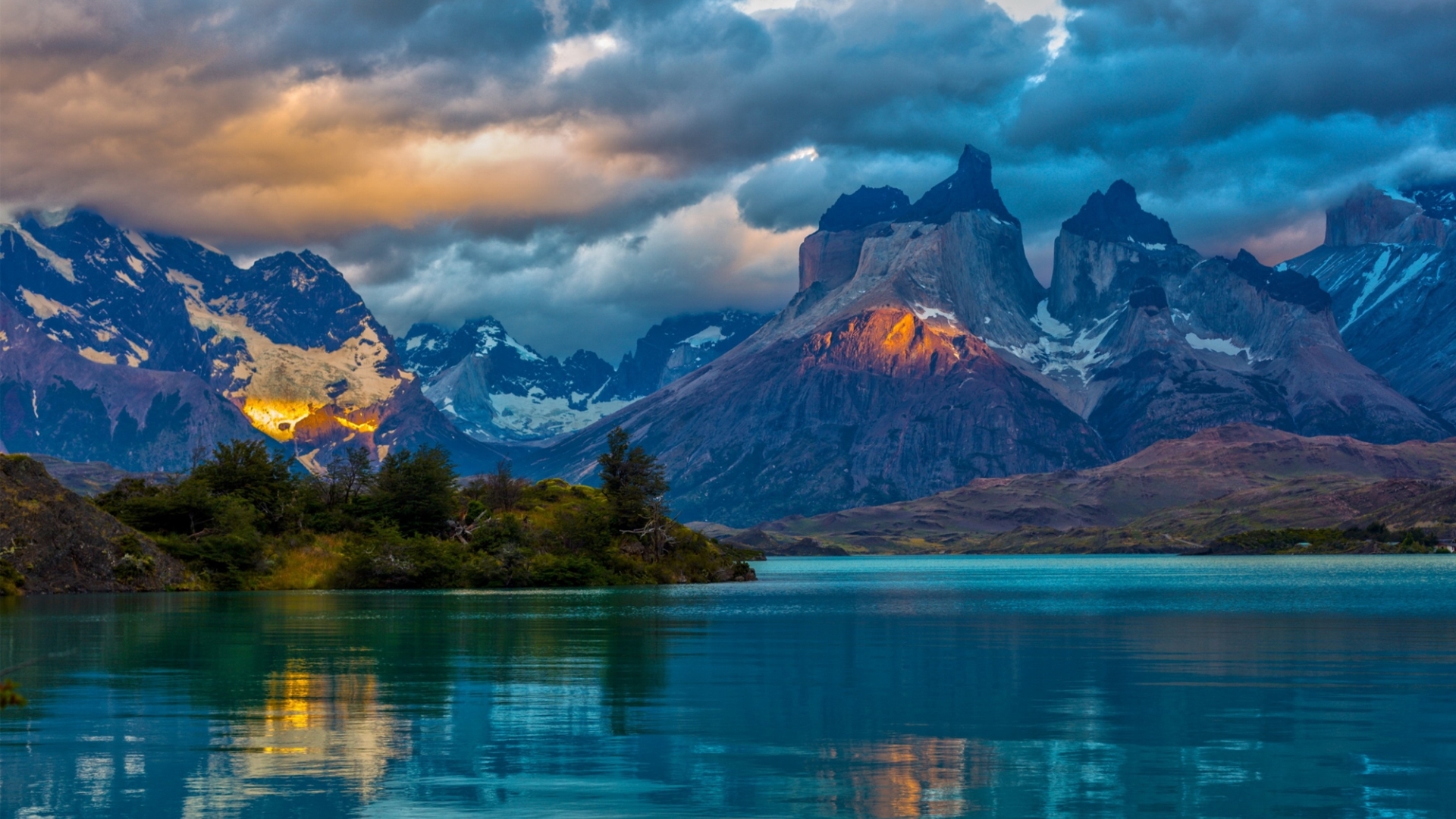Bioma South America
Bioma South America
Bioma South America – The vegetation of South America varies according to different climatic regions. Tropical climatic areas have a thick mantle of rainforest, the forest.
This forestry region, the largest in the world, covers much of the equatorial belt, including the Brazilian coastal strips and the lower slopes of the Andes, and is rich in hardwood tropical plants, palm trees, tree ferns, bamboo and lilies.
In areas with winter drought, especially along the Venezuelan coast, in the northeast of Brazil and in the Gran Chaco, there are well-groomed forests and scrubs. Between these dry areas and the rain forest appear areas of high grassy vegetation (savannah, or campos) and mixed bushes in meadows (campos cerrados). In southern Brazil and along the slopes of the Andes, semi-deciduous and deciduous forests grow. The Gran Chaco is characterized by grassy plains and shrubland, while the pampas of central Argentina are grasslands on black soils, such as those of the North American plains.
El bioma de América del Sur cambió drásticamente a latitudes más bajas. Al sur una zona de estepa y matorrales (aguas arriba) marca la transición a la vegetación herbácea que caracteriza a la parte más seca y más fría del Patagonia. A lo largo de la costa del Pacífico, hacia el norte, desde Tierra del Fuego, el bosque templado, donde el sur de haya es la especie arbórea dominante, da paso a bosques dispersos, arbustos y praderas del centro de Chile, y por último, a la vegetación arbustiva y el desierto que prevalecen en el norte de Perú y en las edades más avanzadas de las laderas de la montaña. En las zonas más altas de los Andes se encuentra a sólo un escaso manto de hierbas y arbustos bajos: es el entorno de los páramos, que se vuelve más pobre y desolada en las zonas áridas de la duna, a mayor altitud.
Guido Bissanti


